When Hilltop Mall Took Shape Above the City
The site that would become Hilltop Mall used to be an industrial yard lined with rust-stained storage tanks.
The year 1975 saw the last one dismantled, making space for the construction teams that soon poured in.
Developer A. Alfred Taubman chose the hill for its visibility, its size, and its access to the new highway nearby.
Work stretched through 1975 and into the next summer as steel frames rose and asphalt poured.
By September 1976, the shopping center opened with three anchors: Capwell's, JCPenney, and Macy's.
The mall was enclosed and bright, its terrazzo floors leading toward a circular rotunda marked by a spiral ramp and a low fountain.
Overhead hung "Solar Cantata," a gold aluminum sculpture by Charles O. Perry.
Four screens of Hilltop Mall Cinemas opened that August, drawing moviegoers from across the city.
The first weekends saw the parking lots fill and steady lines at the doors.
From the top of the hill, glass panels reflected the sun as traffic slowed on the highway below.
The long roofline and tall signs fixed Hilltop Mall into view, beginning its run as a new retail landmark on land that once held nothing but tanks and wind.
Hilltop Mall Becomes a Regional Shopping Hub
By the start of the 1980s, Hilltop Mall already felt older than its age.
The floors shone, but the air carried that mix of popcorn, perfume, and air-conditioning that came with steady use.
Families walked the ring, passing Capwell's, JCPenney, and Macy's while the rotunda carousel kept turning, song after song.
Downtown shops were going dark, and their old customers were now finding spaces up on the hill.
In 1979, the Capwell's sign came down, and Emporium-Capwell went up.
The change looked small, but it marked a turning point.
The mall had pulled in most of the city's shopping crowd and was finding its own identity.
On weekends, the fountain drew kids with ice cream cones while parents wandered the stores.
Hilltop felt unshakable then.
In 1988, Cineplex Odeon added four new screens to the upstairs cinemas, pushing movie crowds into the hallways after each show.
The hum of traffic outside reached up from the highway, steady and low.
Inside, light poured through the skylights and bounced off the glass storefronts.
By the end of the decade, Hilltop wasn't new anymore. It was simply where people went.
Expansion and Changing Anchors
Construction noise came back to the hill in 1990.
Crews were hard at work on a new passageway that would end with a full Sears store.
The addition balanced the original layout and gave Hilltop Mall a new reason to advertise.
Shoppers watched the cranes from the parking lot as another wing of glass and metal came into place.
The decade didn't move quietly after that.
The Emporium shut down in 1996 when its parent was absorbed by a bigger company.
The windows were covered with plywood, and the lights were turned off.
For two years, the space stood dark until Macy's moved into it in 1998.
The move left Macy's first location empty, a strange echo of the expansion that had seemed permanent only a few years earlier.
By then, the small upstairs cinema had gone quiet, its screens dark and seats pulled out.
GM Pension Trust became the property's full owner in 1998, with Taubman Centers continuing as manager.
The hallways were still filled on weekends, but the mood felt thinner.
What had been new construction only a few years before now marked the start of a slower turn.
The structure stayed sound, but the shine had started to fade.
Big-Box Shifts and Ownership Changes
The early 2000s brought a different kind of growth to Hilltop Mall.
Across the road, a new Century 16 theater opened in 2001, giving moviegoers a modern option while the mall itself remained mostly unchanged.
Its food court still held its circular tables and open atrium, but the rhythm of the place began to thin.
Ownership started to turn over again.
GM Pension Trust sold a half-interest in 2004 to The Mills Corporation, which took over management.
The new team looked for ways to draw in younger shoppers, but the building's design resisted change.
The layout stayed the same, its long hallways polished but quiet.
In 2007, Simon Property Group acquired the Mills portfolio, bringing Hilltop under yet another name.
That same year, Walmart opened on April 11 in the former Macy's space, filling a dark corner that had been empty since 1998.
The new store brought steady traffic but changed the mall's feel.
In December 2011, crowds pressed through the corridors for a limited shoe release, forcing a brief closure for safety.
A year later, the property slipped into receivership with Jones Lang LaSalle as manager.
The foreclosure in 2013 ended one cycle and left Hilltop waiting for its next owner.
Rebranding and Retail Decline at The Shops at Hilltop
By 2017, Hilltop Mall's new owners were ready to rename it.
LBG Real Estate Companies and Aviva Investors bought the property in July and introduced it as The Shops at Hilltop.
Fresh banners went up, and new paint softened the exterior.
Plans promised a food hall, a 99 Ranch Market, and apartments nearby.
Inside, stores began leaving. JCPenney announced its closure in March 2017 and emptied its space by the end of July.
The new owners released renderings of open plazas, restaurants, and office wings, but the work stalled.
The idea of turning the center into a mixed-use development called Hilltop by the Bay carried through meetings and press, though construction never followed.
By early 2020, the Sears anchor was prepared to close.
Its final sale ended that April, just as pandemic shutdowns swept through the region.
Most of the mall went dark, though Walmart stayed open for essential goods.
A later proposal to transform the property into the "East Bay Science and Technology Center" surfaced that year, marking one more attempt to redefine a shopping center that had started to empty faster than it could be filled.
The Final Closures and Sale of Hilltop Mall
By 2021, the emptiness inside Hilltop Mall had its own sound.
The floors gleamed but carried only the echo of carts being rolled out.
Macy's had already started its closing sale in January, the last of the anchors still open.
Through February, the shelves thinned, and by March 21, the store was gone.
What had been the mall's center of gravity now stood hollow, its entrances sealed with metal gates.
A few weeks later, the property was sold. Prologis bought the 78-acre site in April for roughly 117 million dollars.
A few days were all it took for the life to vanish.
Escalators froze, glass doors were locked and chained, and the lights went out for good.
The fountain in the rotunda, once blue-lit and humming, had been drained.
The new owner spoke of a different kind of project.
Plans were in place for a new kind of neighborhood, with homes, warehouse space, and stores stitched together under what the city called the Hilltop Horizon plan.
By summer, the parking lot was bare, a few security trucks making lazy circles after dark.
The hill that once held the biggest mall in the region sat still, waiting for the machines to come.
Redevelopment and Present Activity
In 2024, new activity returned to the closed shopping center, but not for retail.
That September, the city issued a temporary use permit for Glydways, a transit technology company, allowing it to use 13,000 square feet of the mall and the north parking lot for testing through 2027.
Three months later, in December, Glydways unveiled plans for a 14-acre demonstration facility on the property.
By March 2025, construction crews were setting up a one-mile pilot track for autonomous pods under the company's permit.
It was the first visible work on the site since the mall had closed, its wide concrete now serving as a test ground instead of a parking field.
Meanwhile, the Hilltop Horizon Specific Plan advanced through city review.
The third advisory meeting in April 2025 introduced a draft land plan, followed by community discussions in May.
On August 21, the Planning Commission held its first formal study session, with Prologis submitting comments the day before.
The debate now focuses on housing counts, traffic, and open-space balance.
Hilltop's old walls still stand, quiet and fenced, while the land around them has become the focus of Richmond's next stage of planning.

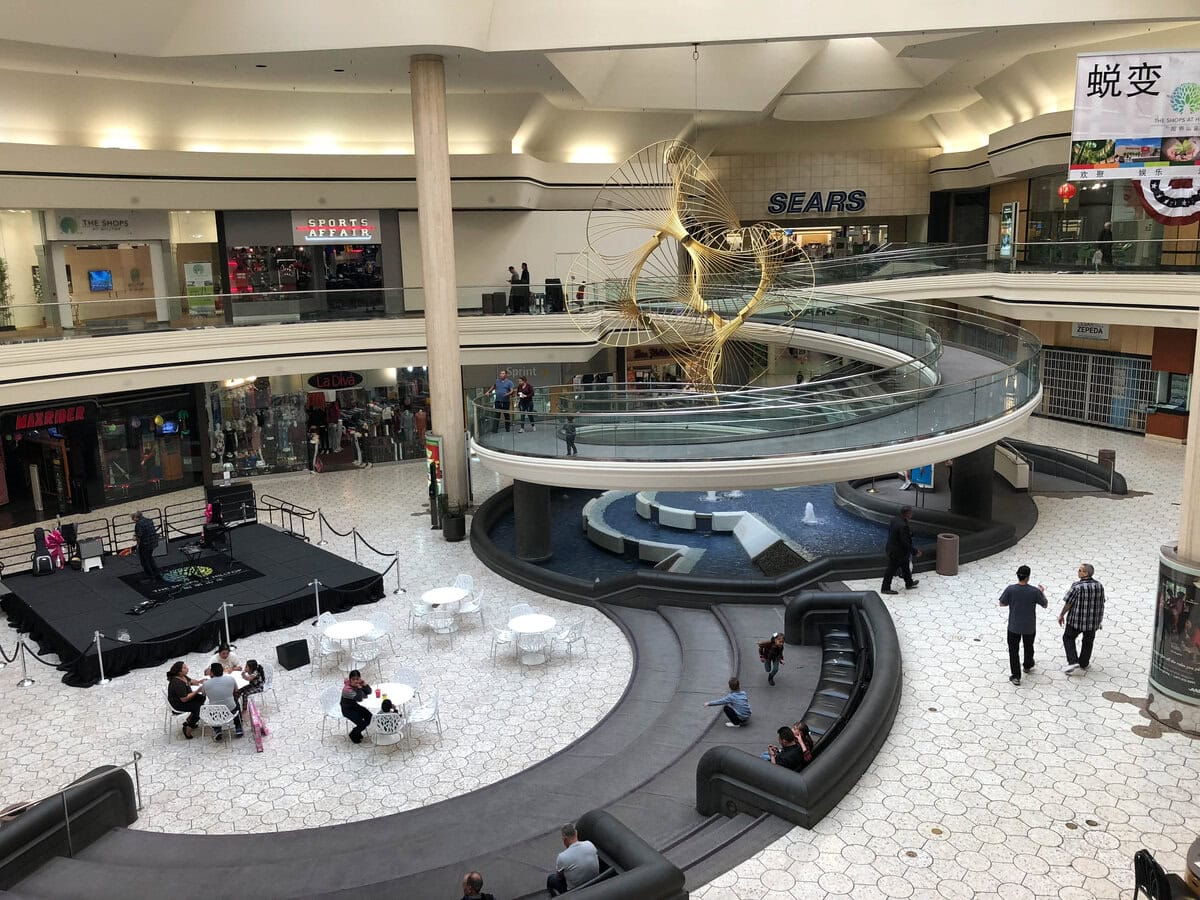
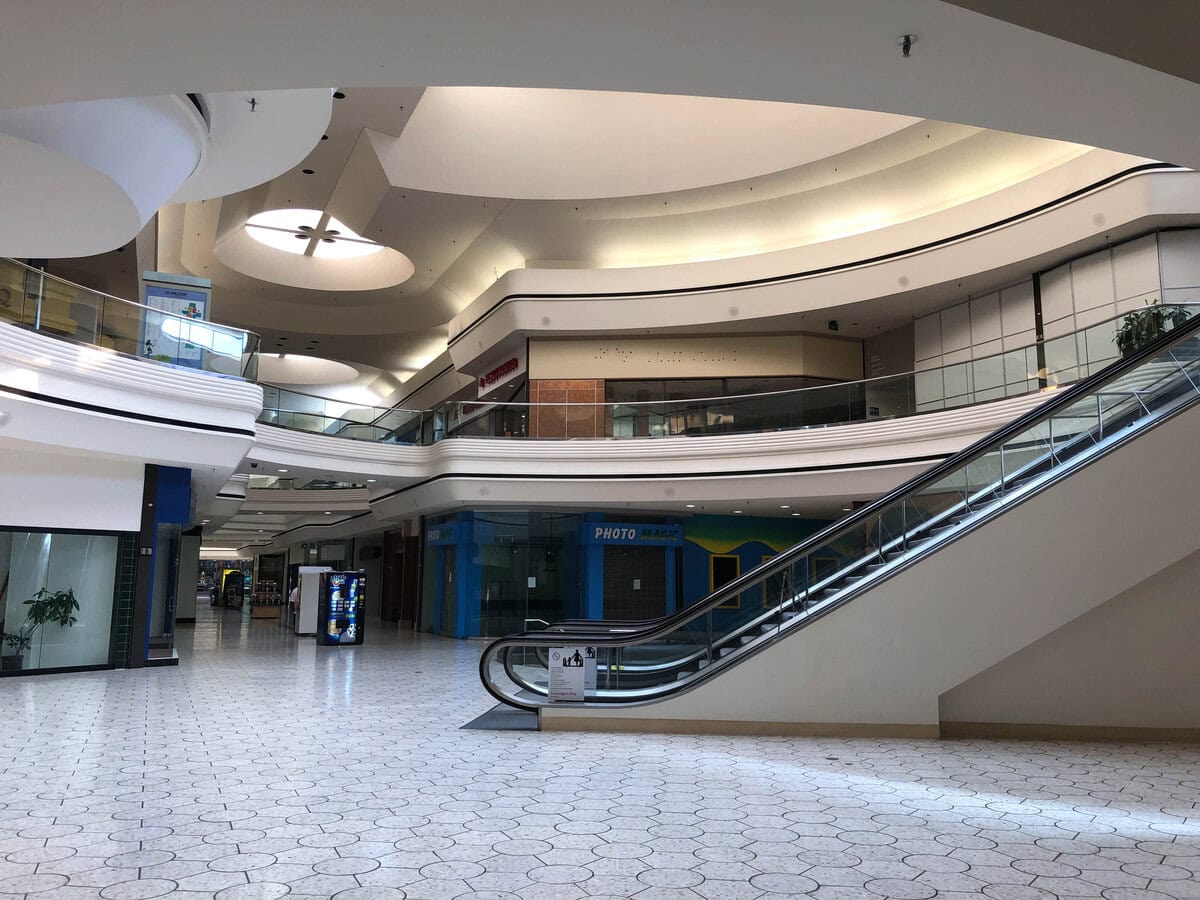

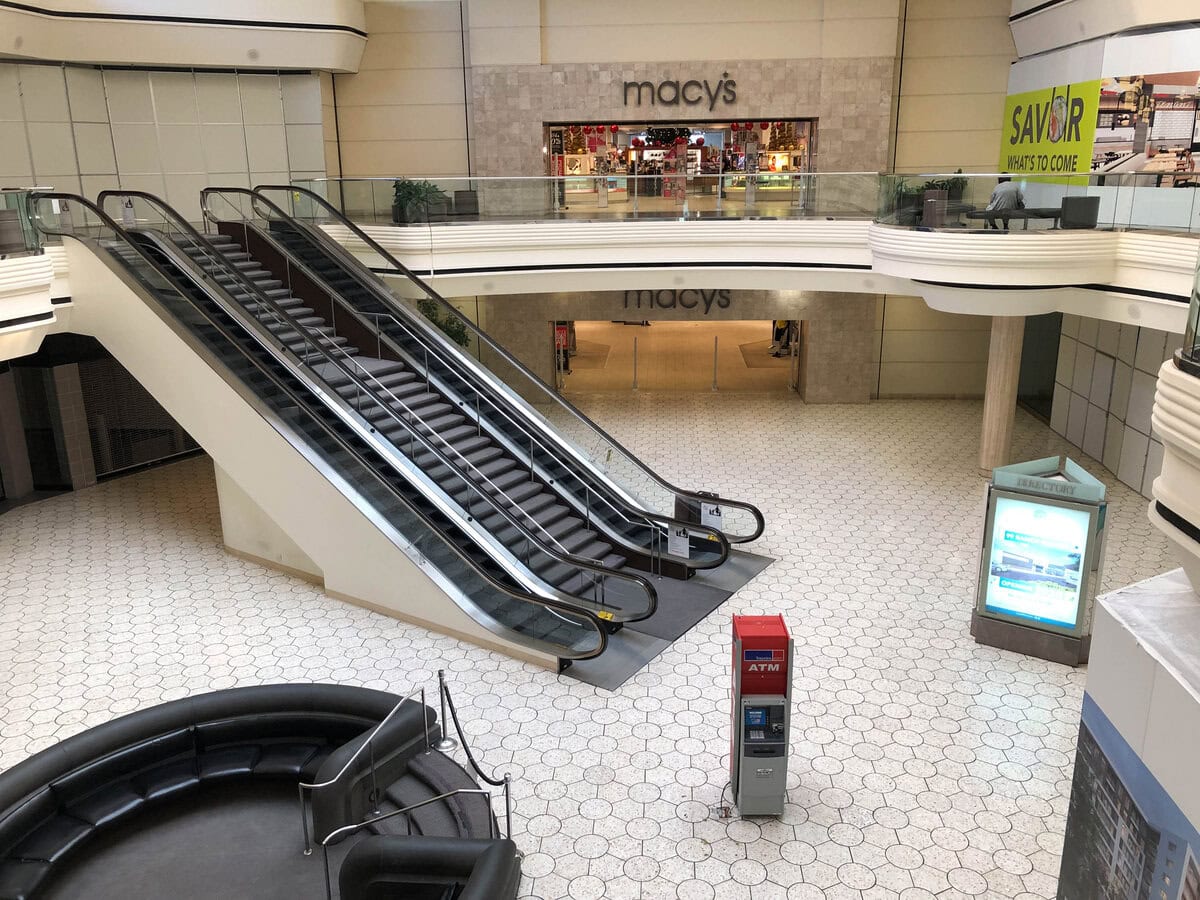
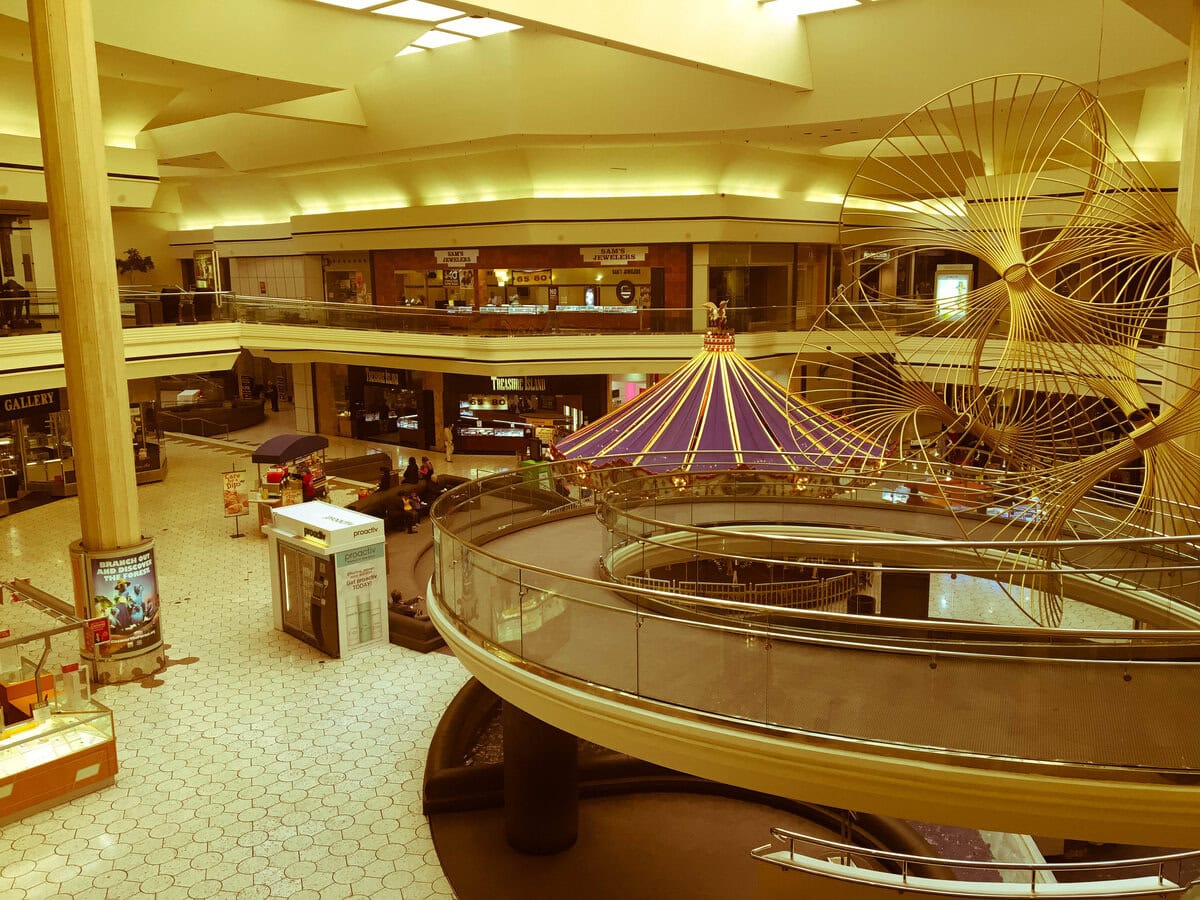
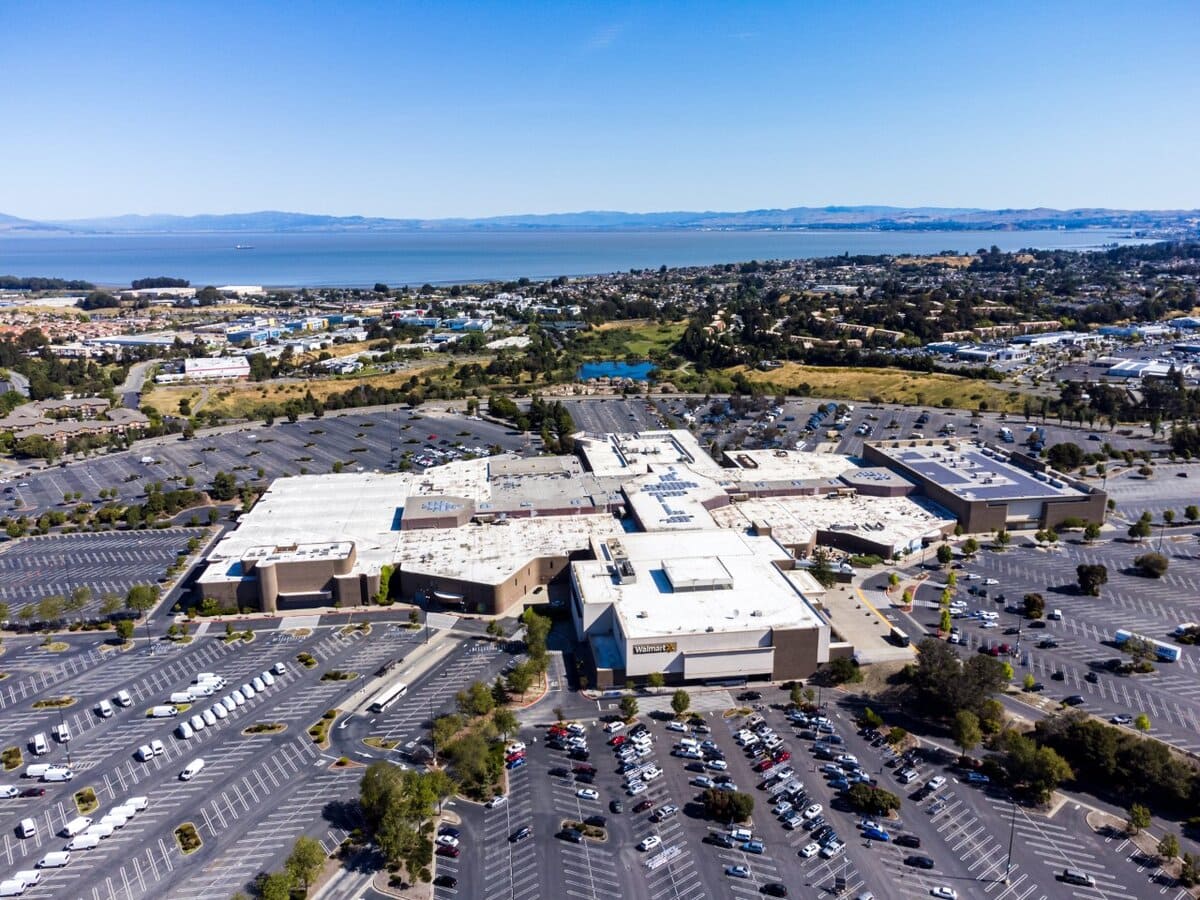
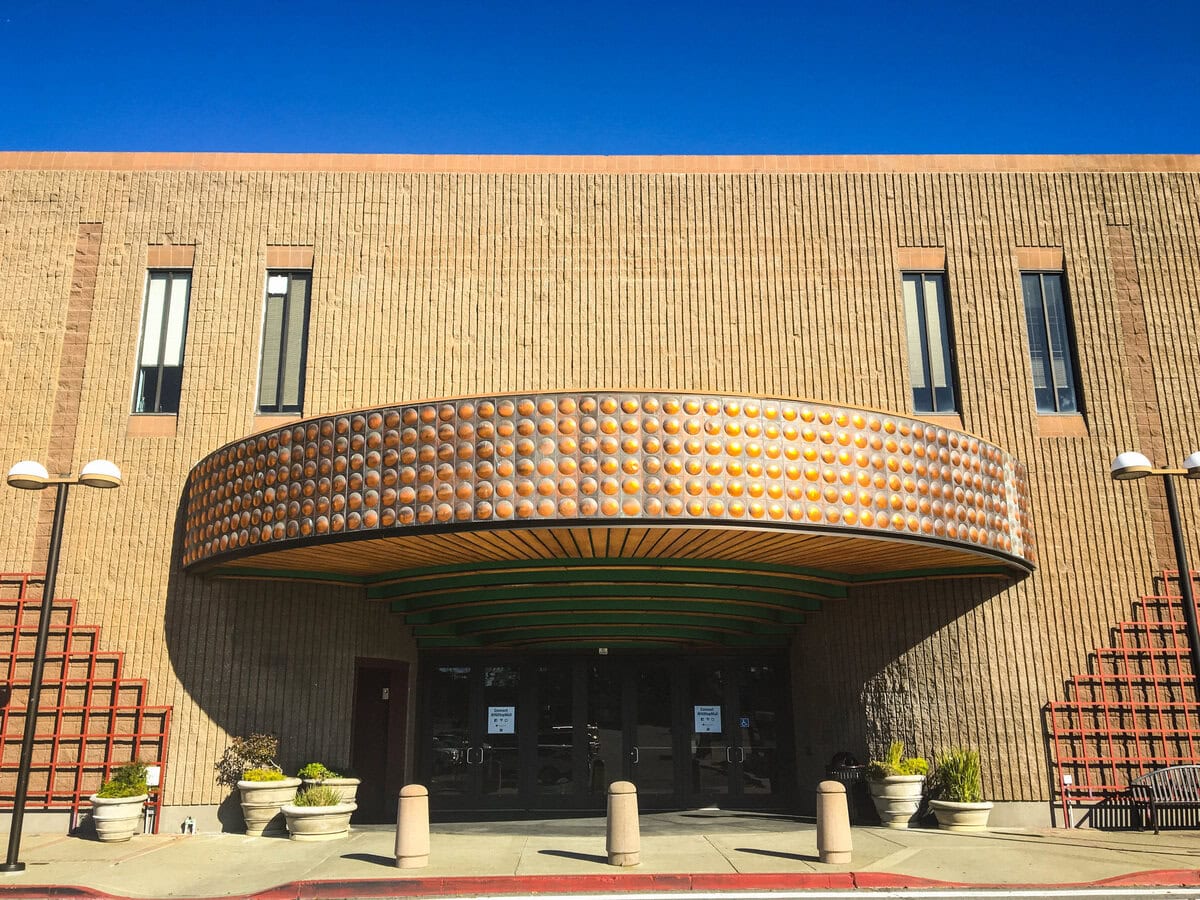
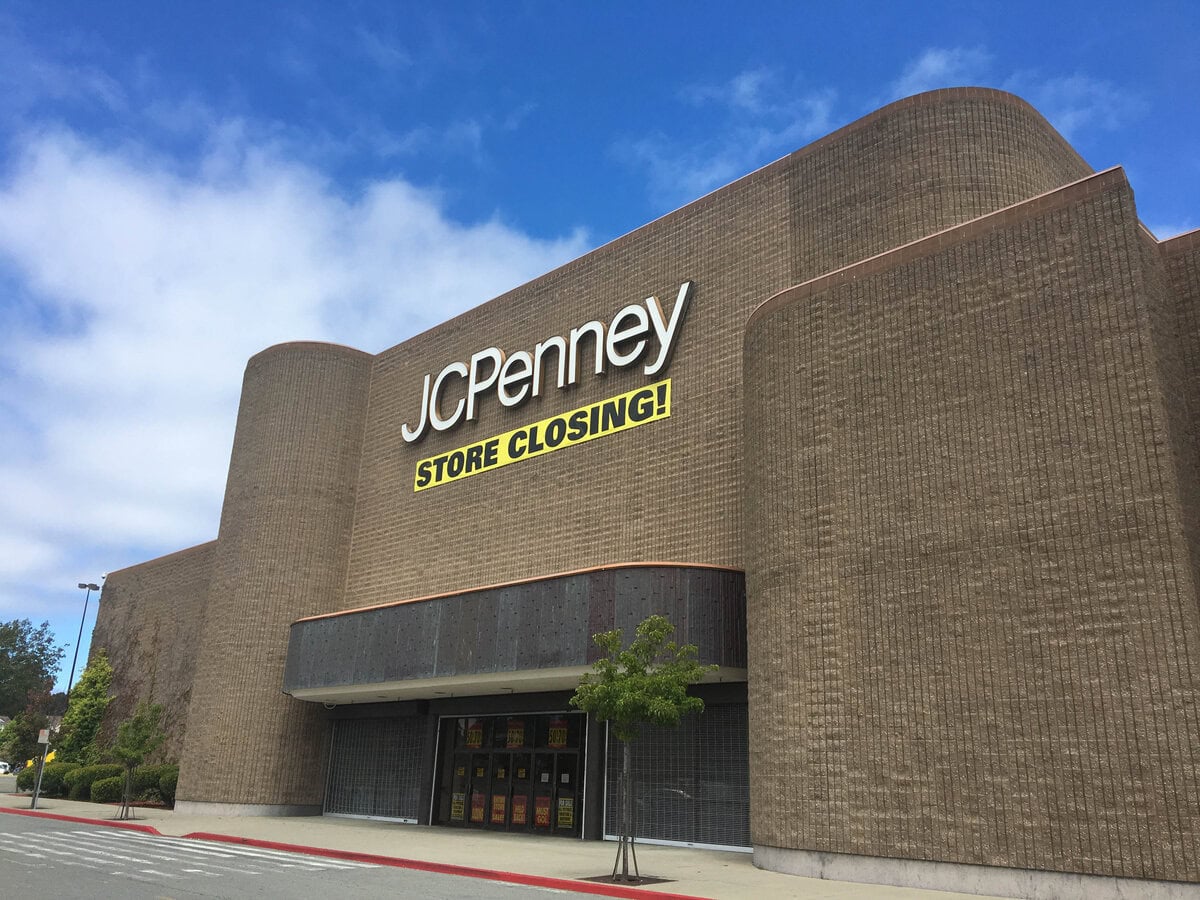
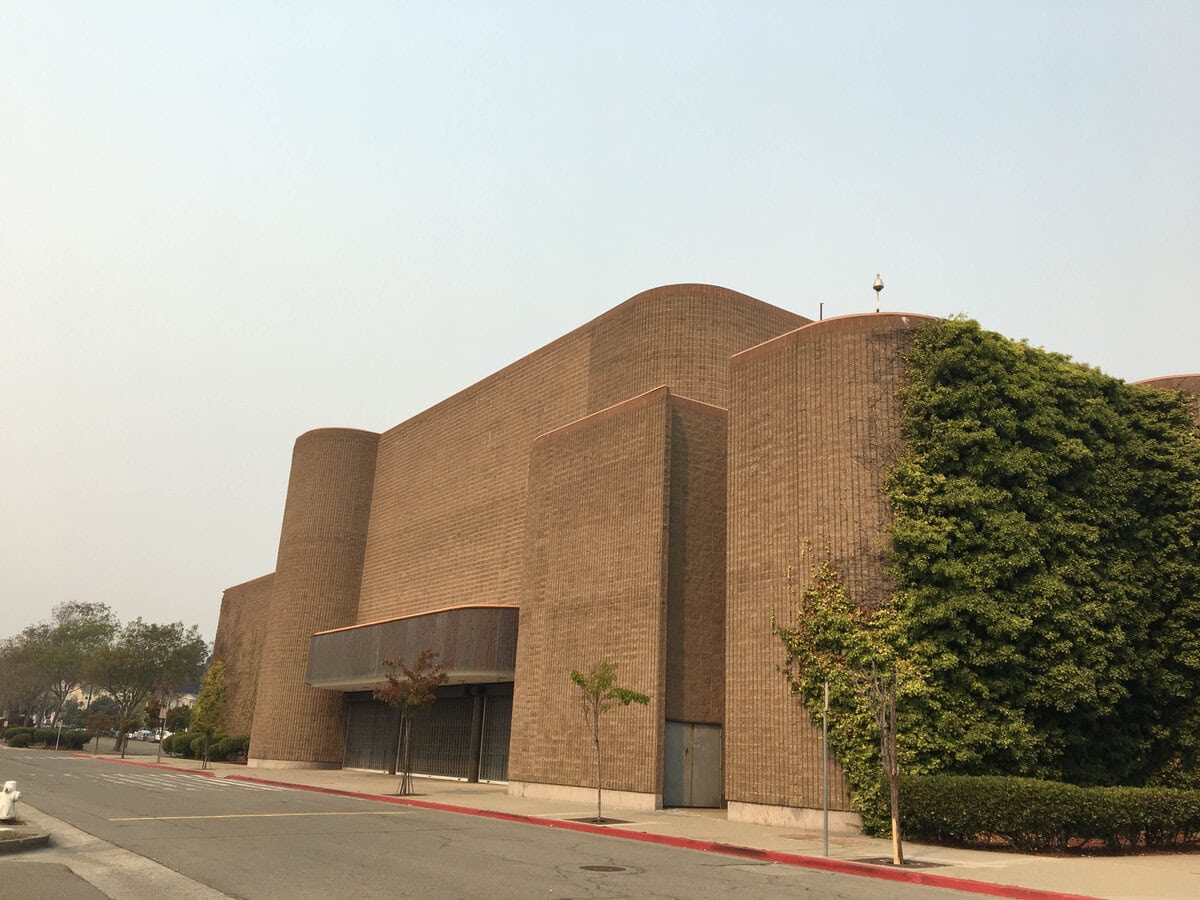
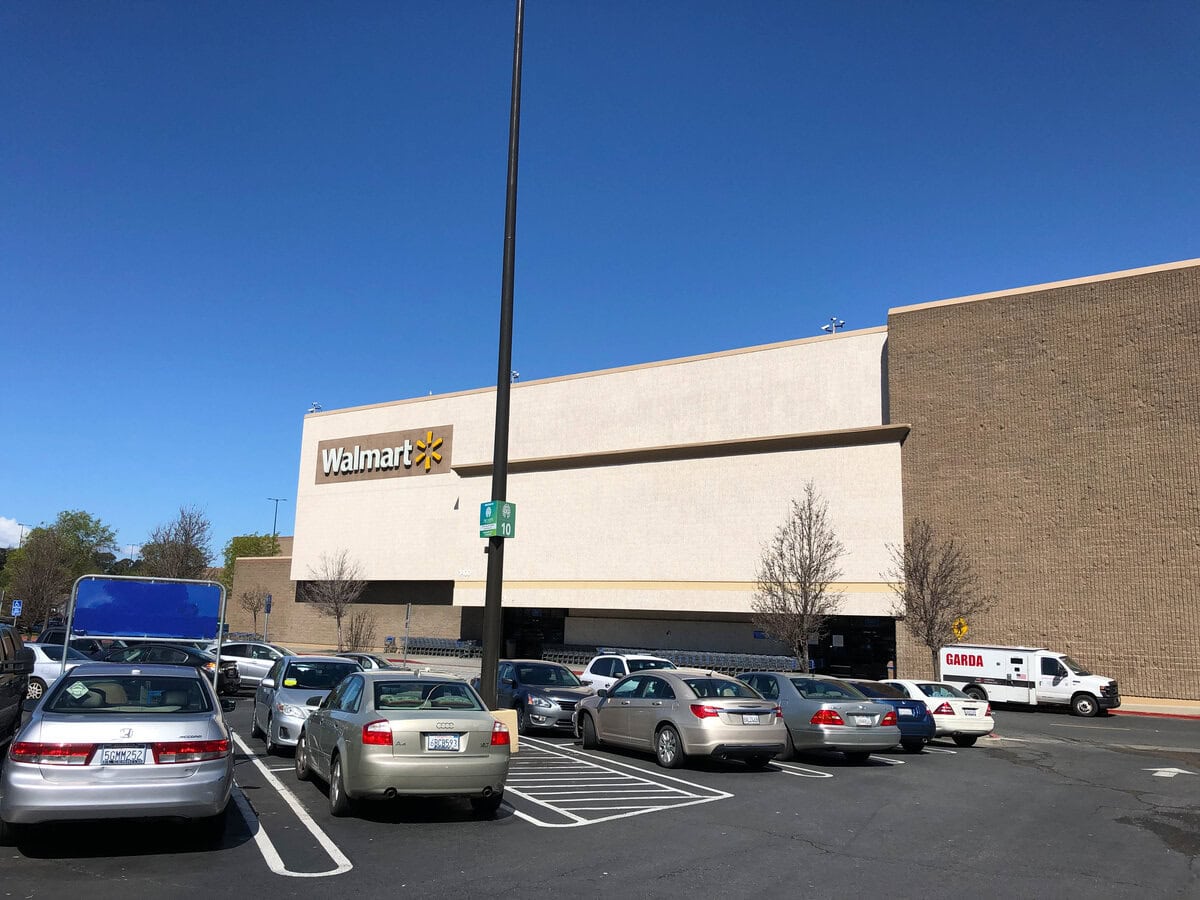
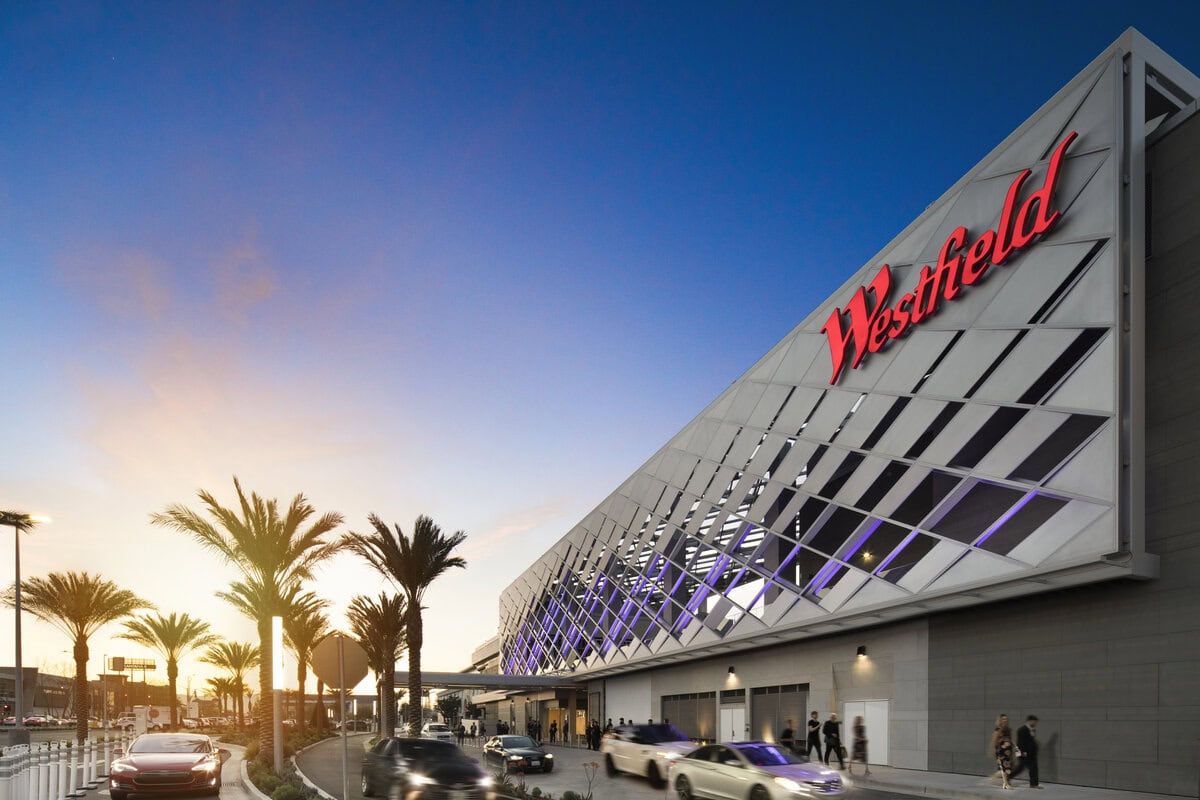


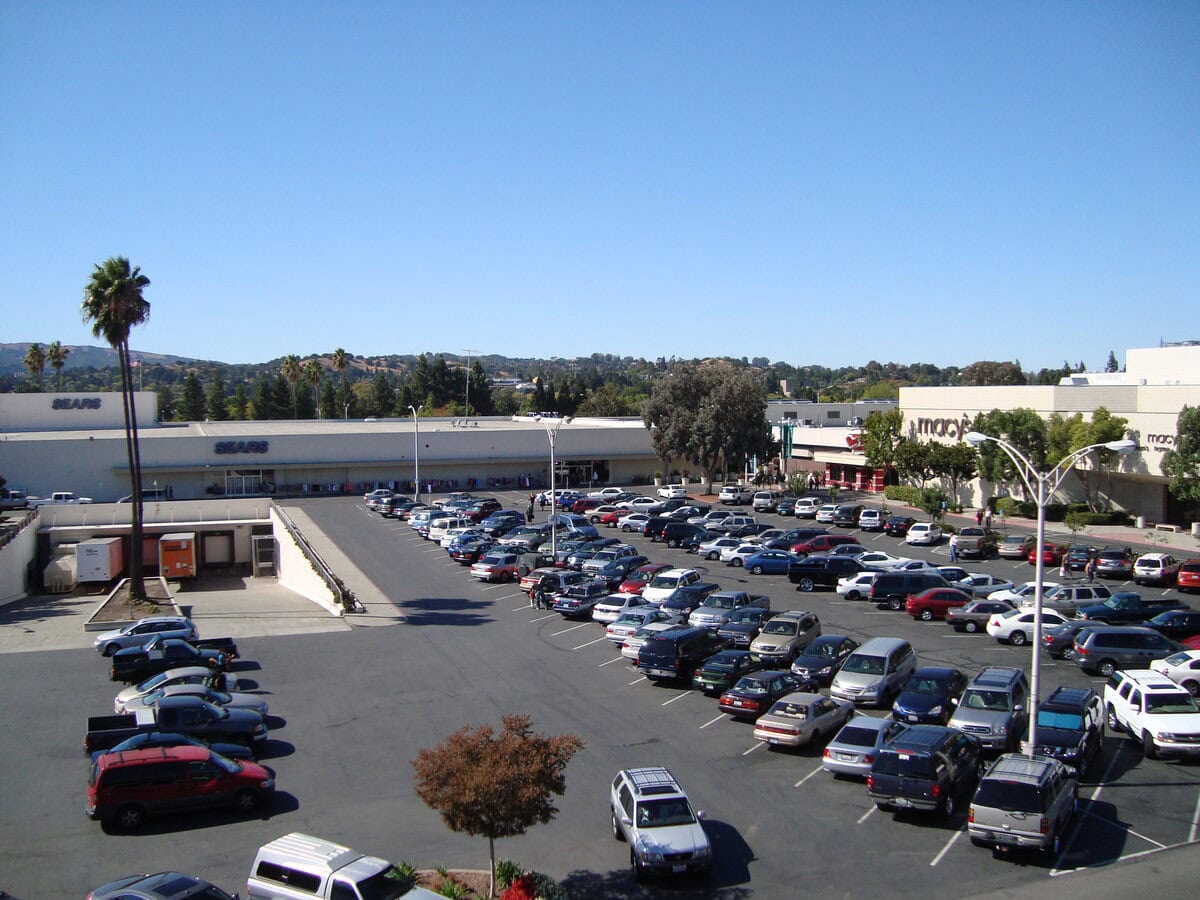
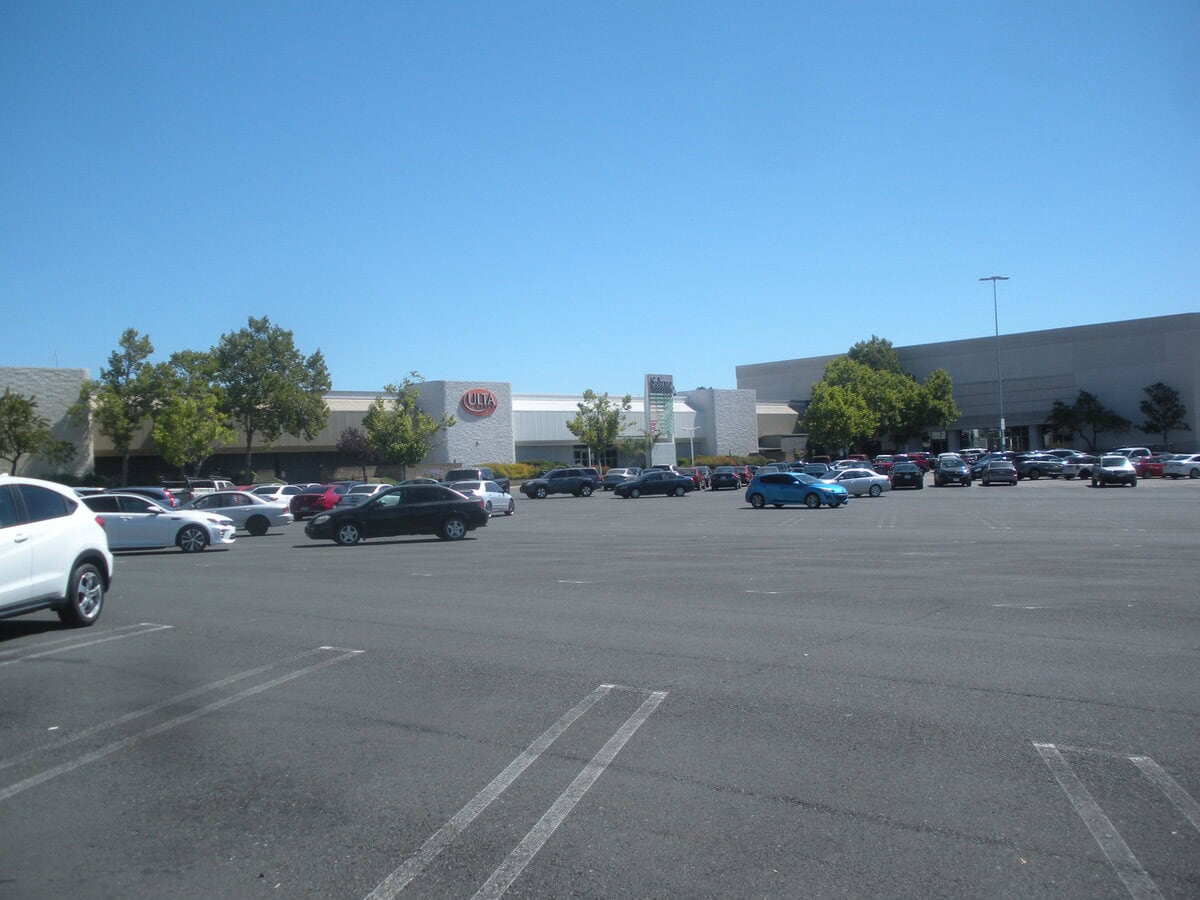
I hope Hilltop Mall in Richmond can be a family place once again .
Absolutely, bringing back the family vibe to Hilltop Mall sounds wonderful. The vision for its redevelopment, including housing and new retail opportunities, could breathe new life into the area, making it a bustling hub once again for residents and visitors alike.